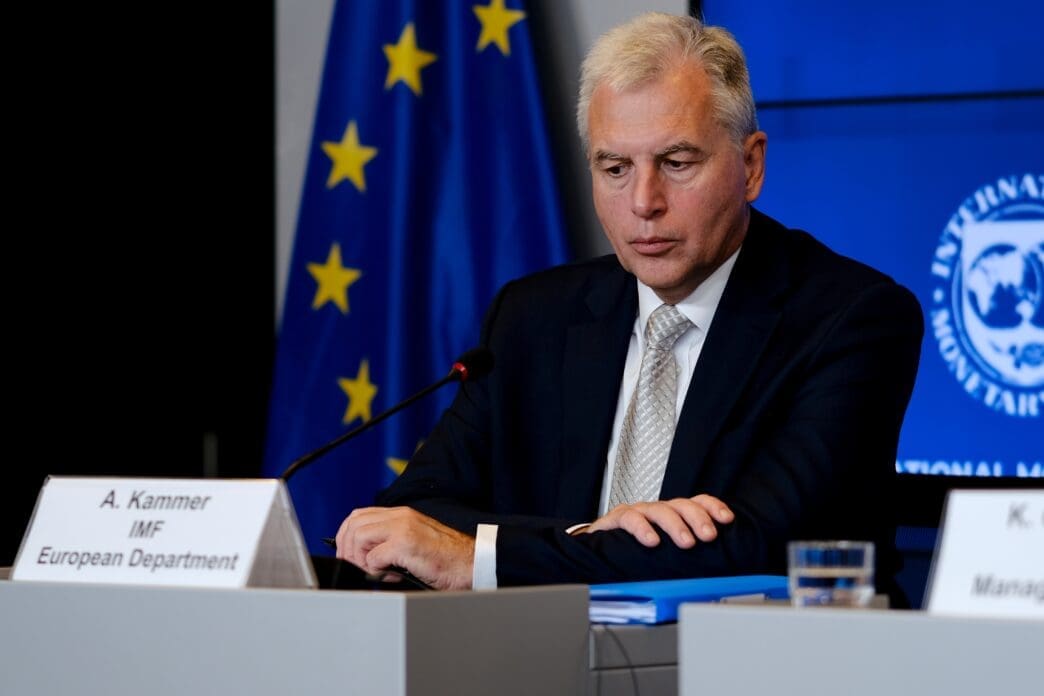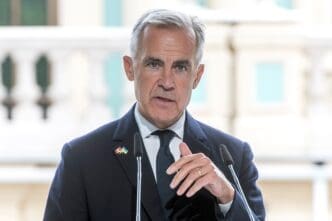Executive Summary
- The International Monetary Fund (IMF) suggests the European Union could achieve an average economic growth of 3% over the next decade by implementing a targeted set of “small reforms.”
- Key reforms include reducing electricity prices, enhancing labor mobility, standardizing bankruptcy laws, and increasing pension and insurance funds’ investment in EU venture capital.
- These reforms are crucial for maintaining European welfare states and boosting competitiveness against global powers, but face significant political hurdles due to entrenched national interests and internal trade barriers.
The Story So Far
- The European Union is currently facing slow economic growth and aims to significantly boost its GDP and competitive edge against global economic powers like the U.S. and China. This ambition is challenged by existing internal trade barriers, fragmented national systems across its 27 member states, and political hurdles that hinder deeper integration, despite the bloc’s strong manufacturing base and innovation potential. The proposed reforms are therefore crucial to overcome these obstacles, sustain European welfare states, and fully leverage the single market’s strengths.
Why This Matters
- The International Monetary Fund indicates that the European Union could significantly boost its average economic growth to 3% over the next decade through targeted “small reforms” aimed at enhancing competitiveness and sustaining welfare programs, nearly tripling its current trajectory. However, realizing this potential faces substantial political hurdles due to entrenched national interests and the complexities of harmonizing diverse member state systems, which could impede critical integration efforts.
Who Thinks What?
- Alfred Kammer, Director of the IMF’s European Department, believes the EU could significantly boost its economic growth to an average of 3% over the next decade by implementing “small reforms” such as reducing electricity prices, enhancing labor mobility, standardizing bankruptcy laws, and increasing venture capital investments, which he deems crucial for competitiveness and sustaining welfare programs.
- The European Commission’s current forecasts indicate a much slower growth trajectory for the EU, with GDP growing by 1.0% in 2024, and projected to accelerate only slightly to 1.1% in 2025 and 1.5% in 2026.
- Entrenched national interests and political hurdles, including resistance from national justice and labor ministries, significantly impede deeper EU integration and the implementation of growth-enhancing reforms, causing initiatives like the Savings and Investment Union to stall for a decade despite EU leaders recognizing their importance.
The European Union could significantly boost its economic growth to an average of 3% over the next decade by implementing a targeted set of “small reforms,” according to Alfred Kammer, Director of the International Monetary Fund’s European Department. Speaking to Reuters in Washington on Friday, Kammer emphasized that these adjustments are crucial for enhancing competitiveness and sustaining welfare programs across the bloc.
Key Reforms for Growth
Kammer outlined several specific reforms deemed essential for this economic uplift. These include measures to reduce electricity prices, enhance labor mobility across member states, and standardize bankruptcy laws throughout the EU. Additionally, he highlighted the importance of increasing the proportion of pension and insurance funds’ assets invested in EU venture capital.
These proposed reforms contrast with the EU’s current growth trajectory. The bloc’s GDP grew by 1.0% in 2024, with the European Commission forecasting a slight acceleration to 1.1% in 2025 and 1.5% in 2026.
Offsetting Trade Barriers and Boosting Competitiveness
Beyond internal reforms, Kammer suggested that removing some existing internal trade barriers among the 27 EU countries could further stimulate growth. He noted that these barriers currently impose an effective tariff equivalent to 44% on goods and a substantial 110% on services, and their removal could help offset potential higher U.S. tariffs on European goods.
The EU aims to accelerate its growth and sharpen its competitive edge against global economic powers like the U.S. and China. Achieving this requires closer cooperation among member states on political, economic, and regulatory fronts, allowing businesses to fully capitalize on the single market of 450 million people.
Leveraging Europe’s Strengths Amid Challenges
Kammer asserted that Europe possesses a unique combination of a strong manufacturing base and robust innovation, positioning it to leverage “the best of both worlds.” He stressed that connecting and utilizing these strengths across the single market is Europe’s core advantage.
Despite this potential, closer integration of the internal market faces significant political hurdles. An ongoing initiative, the Savings and Investment Union (SIU), seeks to channel approximately 10 trillion euros of consumer savings from low-yielding bank deposits into more profitable investments and securities. However, efforts to bridge 27 diverse tax, labor, and legal systems have stalled progress for a decade.
Maintaining Welfare States and Overcoming Obstacles
Kammer underscored that these growth-enhancing reforms are vital for maintaining European welfare states, as increased economic growth reduces the need for fiscal adjustments to address long-term spending pressures. He projected that all EU states would experience stronger GDP growth, ranging from 2% to 5%, within 10 years, though some countries stand to gain more than others.
Implementation, however, remains challenging due to entrenched national interests and resistance from national justice and labor ministries. Kammer acknowledged that while EU leaders recognize the importance of these reforms, their attention is often divided by numerous competing domestic political issues.








